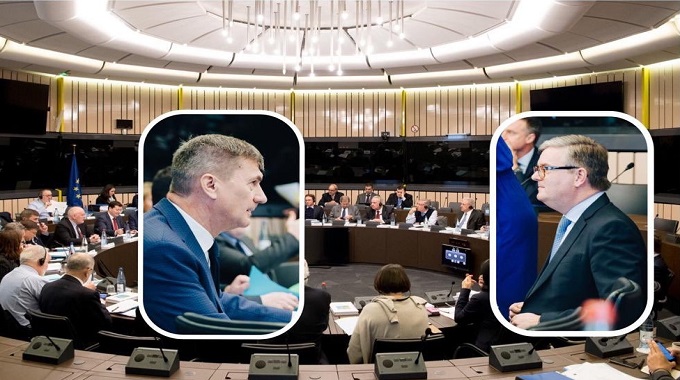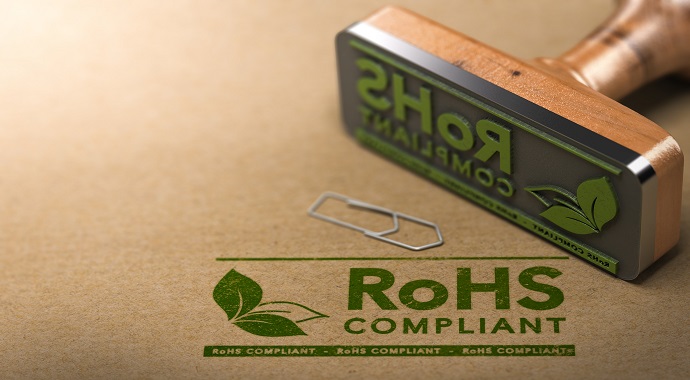The European Commission (EC) has recommended a set of operational steps and measures to ensure a high level of cybersecurity of 5G networks across the EU. The recommendations are a combination of legislative and policy instruments meant to protect our economies, societies and democratic systems. With worldwide 5G revenues estimated at €225 billion in 2025, 5G is a key asset for Europe to compete in the global market and its cybersecurity is crucial for ensuring the strategic autonomy of the Union.
At national level, each Member State should complete a national risk assessment of 5G network infrastructures by the end of June 2019. Member States have also been urged to update existing security requirements for network providers and include conditions for ensuring the security of public networks, especially when granting 5G spectrum licenses.
At EU level, Member States should exchange information with each other and with the support of the Commission and the European Agency for Cybersecurity (ENISA), will complete a coordinated risk assessment by 1 October 2019.
New CENELEC standard: With EN IEC 63000:2018, European environmental standards conquer the world
The European Union (EU) has one of the most advanced environmental legislations in the world. It is indeed a necessary step to reach the ambitious objective it has set itself: becoming a leader in the protection of the environment. The good news, both for Europe and the environment, is that sometimes, European standards or practices on environmental issues are adopted at the international level and recognised as globally valuable.
This is the case of recently approved EN IEC 63000:2018. CENELEC has adopted this IEC-made standard, dedicated to providing guidance on the technical documentation for the assessment of electrical and electronic products (EEE) with respect to the restriction of hazardous substances. But, in turn, EN IEC 63000 is extensively based on EN 50581:2012, a fully European harmonised standard developed to implement the EU’s Directive 2011/65/EU on the “restriction of the use of certain hazardous substances in electrical and electronic equipment”, also known as RoHS Directive.







